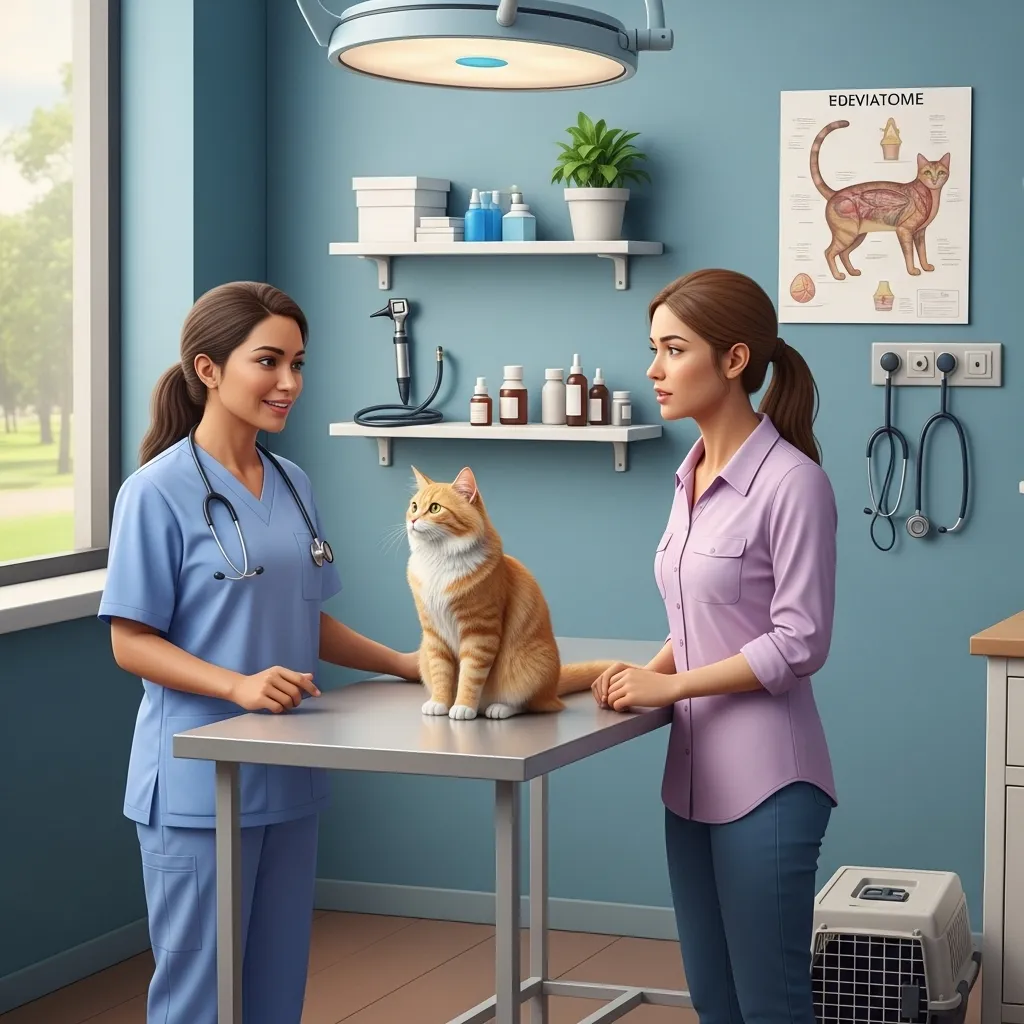
Your Next Steps to Becoming a Cat Communication Expert
Learning to understand your cat’s body language is an ongoing process, but one that deeply enriches the bond you share. You now have the foundational knowledge to interpret their signals and respond in a way that makes your cat feel safe, understood, and loved. The key is consistent, patient observation.
Here are a few specific, actionable steps you can take to put this guide into practice:
What to do this week: Dedicate five minutes each day to simply observing your cat without interacting. Sit quietly and watch. What is its tail doing? Where are its ears pointed? Is its body posture relaxed or tense? Take mental notes of its “normal” state so you can more easily recognize when something is different. Try offering a slow blink from across the room and see if you get one in return.
What to discuss with your vet: At your cat’s next wellness exam, talk about their typical behavior at home. Mention any subtle changes you’ve noticed. Ask your veterinarian to show you how to assess your cat’s Body Condition Score (BCS) and discuss their ideal weight. This proactive conversation is a vital part of preventive health care.
By becoming a student of your cat’s unique communication style, you move beyond being a caregiver to becoming a true partner. You will be better equipped to meet their needs, manage their stress, and ensure they live a long, happy, and healthy life as a cherished member of your family.
Disclaimer: This article provides educational information about animal care and behavior. It is not a substitute for professional veterinary diagnosis or treatment. In case of a medical emergency, please contact your local veterinarian or an emergency animal clinic immediately.















